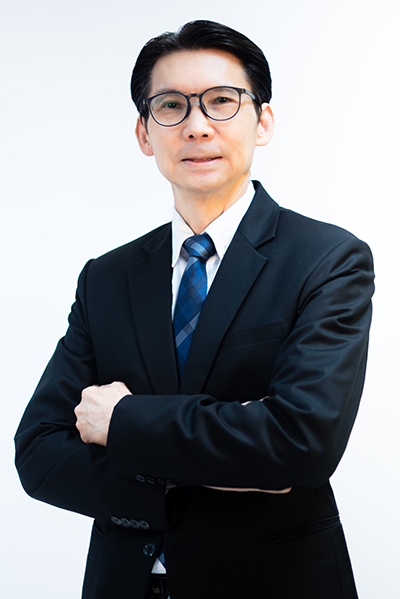
|
Faculty
:
School of Civil Engineering and Technology (CET)
Name
:
Dr. Somnuk Tangtermsirikul
Position
:
PROFESSOR
Phone Rangsit
:
+66-2-986-9009, +66-2-986-9101, +66-2-564-3226
Phone Bangkadi
:
Phone Extension
:
1908
|